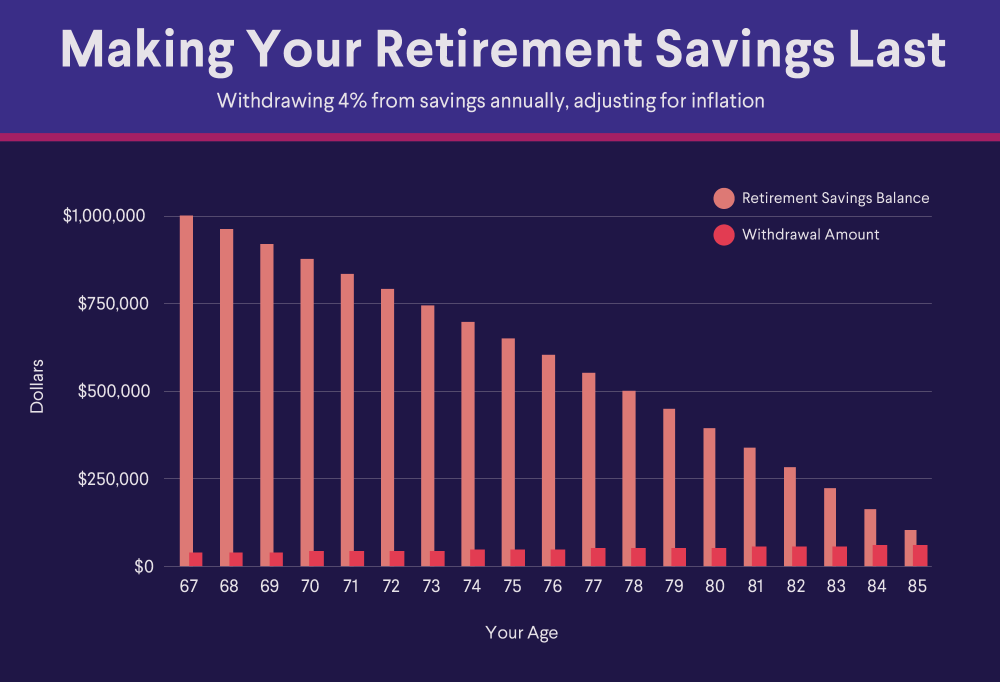What Are Marginable Securities & Non-Marginable Securities?
Marginable securities are assets including stocks, bonds, exchange-traded funds (ETFs), and others that an investor can buy using borrowed funds via a margin account with their brokerage firm. Non-marginable securities are those that cannot be purchased using margin, usually because these assets are less liquid and higher risk.
Margin accounts, as well as the securities that are designated as marginable or non-marginable, are closely regulated because of the level of risk associated with margin trading.
For that reason, only some investors qualify to open a margin account and execute margin trades.
Key Points
• Marginable securities include stocks, bonds, and ETFs that investors can buy using borrowed funds through a margin account, amplifying both potential gains and losses.
• Non-marginable securities cannot be purchased with borrowed funds and typically include high-risk assets like penny stocks and some IPOs, requiring cash for transactions.
• Trading on margin increases buying power but entails higher risk, as investors may lose more than their initial investment and face margin calls if collateral requirements are not met.
• Regulations from the Federal Reserve and FINRA dictate which securities are marginable, aiming to protect both investors and brokerage firms from excessive risk.
• Understanding the distinctions between marginable and non-marginable securities is essential for investors seeking to navigate the complexities of margin trading effectively.
What Is Margin?
As a reminder: margin trading is an advanced investment strategy in which you trade securities using a loan from your broker. Trading on margin is similar to buying on credit. As with most types of credit, a margin loan requires collateral and must be repaid with interest.
Using margin for a trade is considered a type of leverage because you can use margin to amplify your investment. But using margin also amplifies losses because it exposes you to the risk of losing even more than the amount you invested.
Recommended: Cash Account vs Margin Account
How Margin Trading Works
To execute trades using a cash account, the broker directly withdraws funds for a cash trade. Thus every cash trade is secured 100% by money you’ve already deposited, entailing no risk to your broker.
With margin accounts, though, part of each trade is secured by cash, known as the initial margin, the rest is covered with funds you borrow from your broker. Typically, a margin account requires a minimum deposit of at least $2,000. And the margin terms at most brokerages dictate that investors can buy up to 50% of their purchase using margin. So a $10,000 margin account would allow you to buy up to $20,000 worth of marginable securities.
While margin trading gives you more buying power than you could achieve with cash alone, there is also a higher risk of loss. If you place a bigger bet using margin and the price moves in the wrong direction, you could lose all your cash, the amount of the margin loan, and still owe the interest on the margin loan.
That additional risk means that you’ll always need to maintain a minimum level of collateral to meet margin requirements.
💡 Quick Tip: Investment fees are assessed in different ways, including trading costs, account management fees, and possibly broker commissions. When you set up an investment account, be sure to get the exact breakdown of your “all-in costs” so you know what you’re paying.
What Is a Marginable Security?
Because margin trading can be higher risk than standard cash trades, certain securities can be traded using borrowed funds while others cannot.
Marginable securities are generally those that have high liquidity, trade on a major U.S. exchange, are worth at least $5 per share: e.g. stocks, bonds, mutual funds, ETFs.
The rules governing margin accounts and marginable securities are set out by the Federal Reserve Board in Regulation T and Regulation U. The Financial Industry Regulatory Authority (FINRA) and the individual brokerages themselves have their own margin rules, including which securities traders can buy or sell on credit.
If you have a margin account, you can get a marginable securities list from your brokerage by asking your representative or looking online.
Marginable Securities Example
Most brokerages that allow margin trading would allow investors to trade large, blue-chip stocks on margin. That means that investors can borrow from their brokerage to buy that stock.
Traders might also use margin to short a stock, or bet that its price is about to go down. In that instance, they’d borrow shares from their brokerage and sell them on the open market to another investor, with the hopes of buying them back later at a lower price.
What Is a Non-Marginable Security?
Non-marginable securities are securities that investors cannot purchase using borrowed funds, typically because these securities already entail a higher degree of risk.
If an investor or trader wants to purchase a non-marginable security, then, they must do so with a cash account, rather than a margin account.
Non-marginable Securities Example
Non-marginable securities typically include those considered high risk, perhaps because of low liquidity and higher levels of volatility. That can include stocks that trade over-the-counter (OTC), or penny stocks ( valued at less than $5 per share).
Non-marginable securities may also include IPO stocks, because these stocks are part of a company’s initial public offering and can be highly volatile. IPO stock may be marginable after 30 days post-IPO.
In general, securities held in an IRA account or a 401(k) retirement account are non-marginable because those accounts do not allow for margin trading.
Increase your buying power with a margin loan from SoFi.
Borrow against your current investments at just 11%* and start margin trading.
*For full margin details, see terms.
Differences Between Marginable and Non-Marginable Securities
Here’s a quick rundown of the main differences, as well as pros and cons between marginable and non-marginable securities:
|
Marginable & Non-Marginable Securities: Key Differences |
|
|---|---|
| Marginable Securities | Non-Marginable Securities |
| Can be purchased using borrowed funds via a margin account | Can only be purchased with cash |
| Higher liquidity | Lower liquidity, more volatile |
| Typically includes stocks, bonds, ETFs, and mutual funds | Typically includes penny stocks, IPO stocks, OTC stocks |
💡 Quick Tip: One of the advantages of using a margin account, if you qualify, is that a margin loan gives you the ability to buy more securities. Be sure to understand the terms of the margin account, though, as buying on margin includes the risk of bigger losses.
Why Are Some Securities Marginable vs Non-Marginable?
The reason for establishing a difference between marginable and non-marginable securities is to protect both traders and brokerages. Marginable securities have a degree of risk built into them that non-marginable securities lack.
Specifically, there is risk associated with using leverage, or margin, that could result in some traders finding themselves in debt or subject to a margin call by their brokerage.
By designating some securities as marginable, and restricting others as non-marginable, this provides some protection for both investors and financial institutions.
The Takeaway
Marginable securities are those that you can purchase by borrowing money from your broker, while you must purchase non-marginable securities with cash on hand. Trading on margin is riskier than trading cash since you can lose more money than you’ve invested, but there’s also potential for higher returns.
If you’re an experienced trader and have the risk tolerance to try out trading on margin, consider enabling a SoFi margin account. With a SoFi margin account, experienced investors can take advantage of more investment opportunities, and potentially increase returns. That said, margin trading is a high-risk endeavor, and using margin loans can amplify losses as well as gains.
FAQ
What securities can’t be margined?
Non-marginable securities are generally those that are less liquid and higher risk (e.g. some IPO stocks, penny stocks, and OTC stocks). Investors must purchase non-marginable securities with cash. Also, non-marginable securities don’t count as collateral in your margin account.
What is an example of marginable securities?
Marginable securities include stocks, bonds (including government and municipal bonds), mutual funds, and ETFs that trade on public exchanges. Marginable securities are more liquid and less volatile, generally, than non-marginable securities.
Who determines which securities are marginable?
The Federal Reserve Board has two regulations that govern the use of margin accounts and marginable securities: Regulation T and Regulation U.
Photo credit: iStock/Delmaine Donson
*Borrow at 11%. Utilizing a margin loan is generally considered more appropriate for experienced investors as there are additional costs and risks associated. It is possible to lose more than your initial investment when using margin. Please see SoFi.com/wealth/assets/documents/brokerage-margin-disclosure-statement.pdf for detailed disclosure information. INVESTMENTS ARE NOT FDIC INSURED • ARE NOT BANK GUARANTEED • MAY LOSE VALUE
SoFi Invest®
1) Automated Investing and advisory services are provided by SoFi Wealth LLC, an SEC-registered investment adviser (“SoFi Wealth“). Brokerage services are provided to SoFi Wealth LLC by SoFi Securities LLC.
2) Active Investing and brokerage services are provided by SoFi Securities LLC, Member FINRA (www.finra.org)/SIPC(www.sipc.org). Clearing and custody of all securities are provided by APEX Clearing Corporation.
For additional disclosures related to the SoFi Invest platforms described above please visit SoFi.com/legal.
Neither the Investment Advisor Representatives of SoFi Wealth, nor the Registered Representatives of SoFi Securities are compensated for the sale of any product or service sold through any SoFi Invest platform.
Financial Tips & Strategies: The tips provided on this website are of a general nature and do not take into account your specific objectives, financial situation, and needs. You should always consider their appropriateness given your own circumstances.
SOIN1023154








